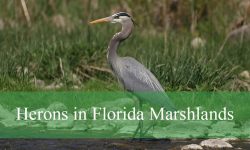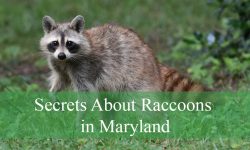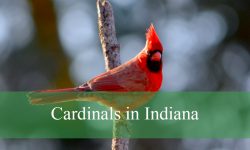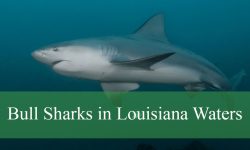Wasps in Texas are a diverse group, thriving in various habitats across the state. From the industrious Paper Wasps to the strikingly colorful Metallic Bluish-green Cuckoo Wasps, Texas is home to numerous wasp species, each with unique behaviors and ecological roles. These wasps contribute to pollination, pest control, and ecosystem balance, making them an important part of the state’s natural environment. Understanding their habits and impact can help manage their presence effectively.
Common Species of Wasps in Texas
Southern Yellowjacket

The Southern Yellowjacket (Vespula squamosa) is found in Texas and Central America and is known for its aggressive behavior. These wasps build nests in early spring, using wood fibers from plants or wood for construction. Their diet includes nectar, other insects, and even dead animals. Nests can grow to house thousands of individuals, making them some of the most feared wasps due to their large colonies and varied diet.
Fine-backed Red Paper Wasp
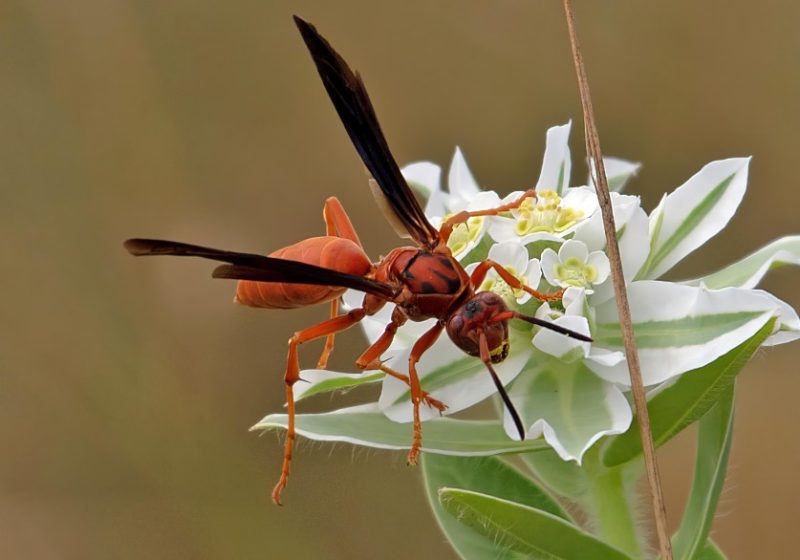
The Fine-backed Red Paper Wasp (Polistes carolina) is distinguished by its iron-red coloration, particularly in females, while males have darker bodies. Rare yellow markings may be observed. Like other paper wasps, they use chewed wood and plant fibers to build their umbrella-like nests with honeycomb openings at the bottom. Their diet is limited, primarily consisting of nectar and caterpillars.
Great Golden Digger Wasp
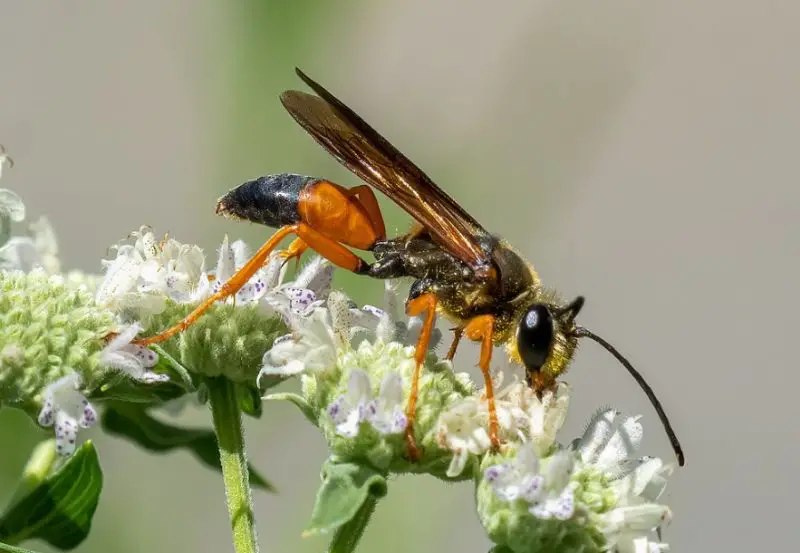
The Great Golden Digger Wasp (Sphex ichneumoneus) is known for its unique nesting behavior. It digs holes in the ground, deposits a paralyzed insect, and lays an egg on it before sealing the hole to protect the eggs from predators. Unlike other digger wasps, its prey is often targeted by birds, such as robins, which poses an additional threat. The wasp’s survival relies on avoiding avian predators while securing its eggs.
Blue-eyed Ensign Wasp
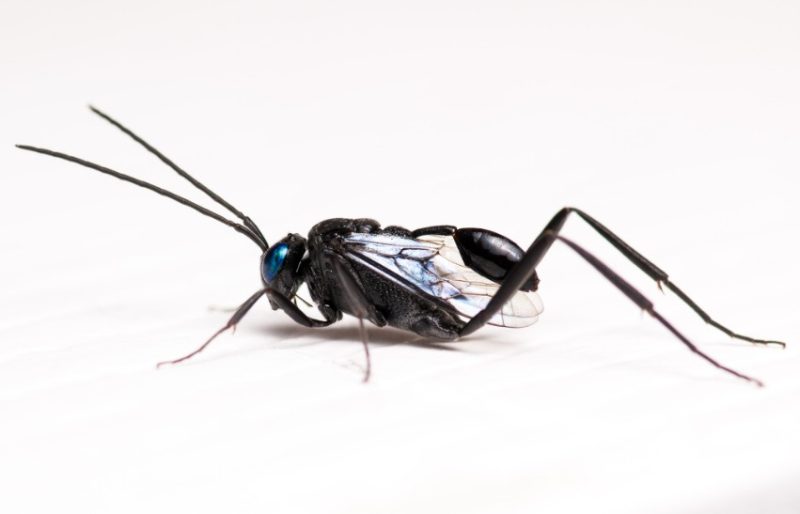
The Blue-eyed Ensign Wasp (Evania appendigaster), named for its large blue eyes, belongs to the Evaniidae family. Thought to have arrived in Texas and the US from Asia, it plays a beneficial role in controlling cockroach populations. The wasp lays its eggs on cockroaches, killing one for each egg to ensure larvae have adequate food. This species is often raised in laboratories and released in areas with cockroach infestations, especially in agricultural settings.
Ringed Paper Wasp
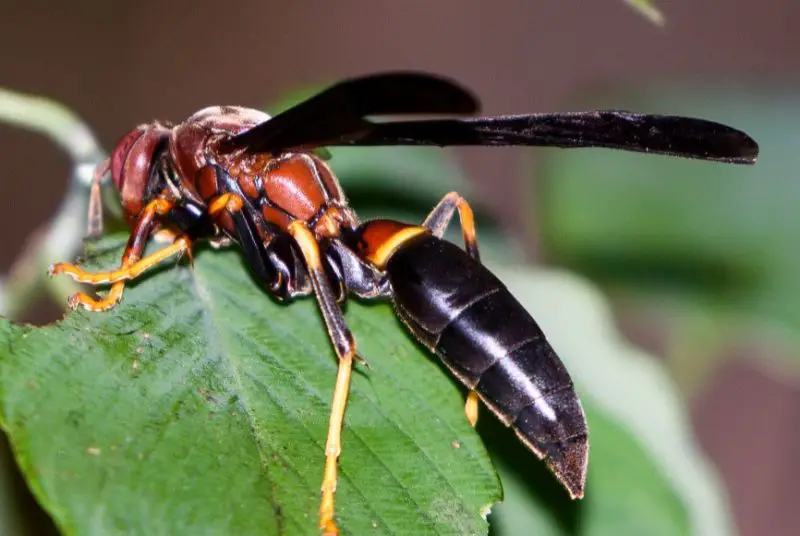
The Ringed Paper Wasp (Polistes annularis) is known for its dark brown and black body, which helps it blend into shaded areas and avoid direct sunlight. Preferring dark places for nest-building, this wasp faces natural predators, with ants being a significant threat. Despite this, it is highly resilient, surviving cold winter climates by preparing in advance, including storing honey to sustain itself through the winter months.
Red-marked Pachodynerus Wasp

The Red-marked Pachodynerus Wasp (Pachodynerus erynnis) is commonly found near homes and water sources. It often creates nests in walls, particularly between bricks and in crevices, and is noted for its mud-building skills. After mating, the female mixes dirt and saliva to construct shelters for her eggs. These shelters, though not aesthetically pleasing, are functional, large enough for one egg and one caterpillar, and are often reused and repurposed each season.
Nearctic Blue Mud-dauber Wasp

The Nearctic Blue Mud-dauber Wasp (Chalybion californicum) is distinguished by its shiny dark blue coloration and is relatively uncommon in Texas. Notably, it is one of the few natural predators of the poisonous Black Widow spider. Solitary by nature, the female builds nests to lay her eggs and may sting potential threats, like other wasps or small birds, to protect them. Males lack the ability to sting.
Fraternal Potter Wasp
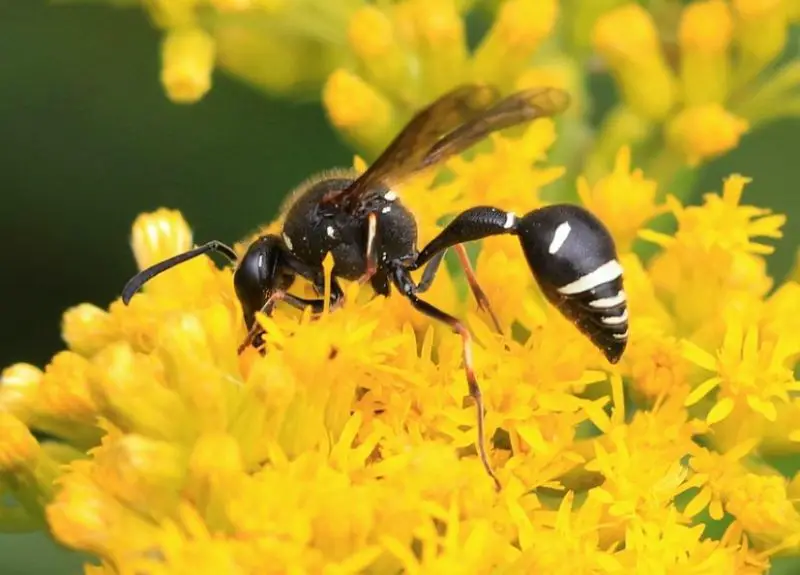
The Fraternal Potter Wasp (Eumenes fraternus) features a long, slender body with its first segment being the thinnest, growing up to 20mm. It is recognized by its distinctive mating method, where it builds small mud structures resembling pots to lay eggs. The female collects water and mixes it with dirt to create these pot-shaped nests, where she lays an egg and provides a caterpillar as food for the developing larvae.
Guinea Paper Wasp
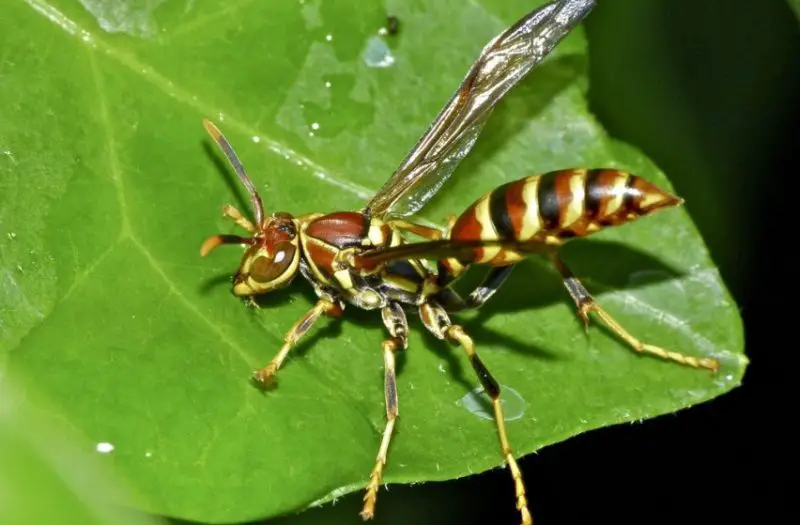
The Guinea Paper Wasp (Polistes exclamans), found in the US, including Texas, is distinguished by its yellow propodeum and mesonotum, with yellow markings on its head. These wasps build nests near or within buildings, with the queen laying all the eggs. Worker wasps live up to 16 days, while queens can live up to six times longer. Common threats include premature death and parasites, against which they have developed defense mechanisms.
Yellow-legged Mud-dauber Wasp
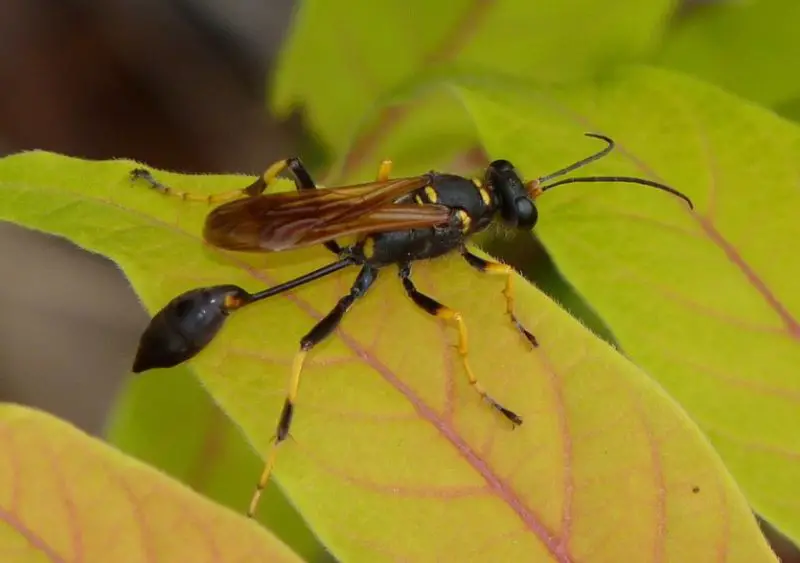
The Yellow-legged Mud-dauber Wasp (Sceliphron caementarium), part of the sphecid family, is named for its mud-building behavior. Recognizable by its black petiole, which is rarely yellow in desert-dwelling sub-species, this solitary wasp constructs nests from mud. Active mainly in summer, it feeds on flower nectar, with Queen Anne’s lace being a favorite. Females lay eggs in mud nests, provisioning them with spiders as food, and do not return to the nests afterward.
Eastern Cicada-killer Wasp
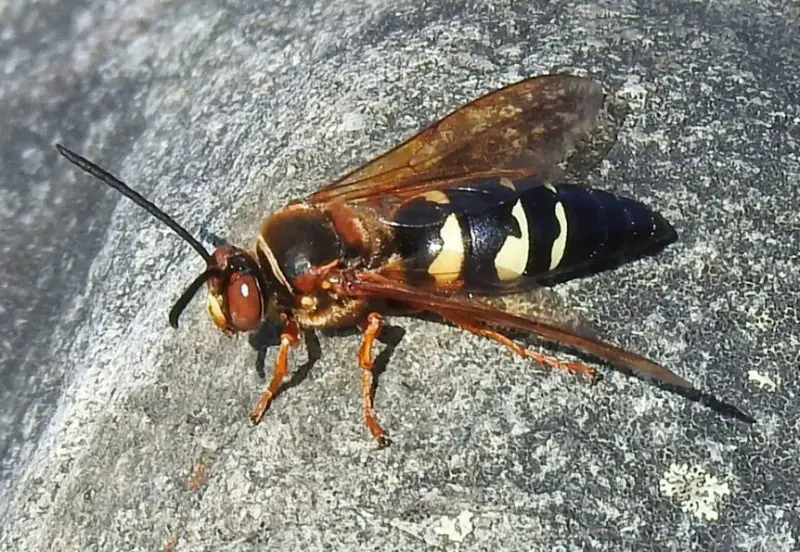
The Eastern Cicada-killer Wasp (Sphecius speciosus) is one of the largest wasps in Texas, reaching up to 2 inches in size. Despite its size, it is generally non-aggressive toward humans and will only sting if handled aggressively. It is identifiable by its black-red body with yellow stripes and brown wings. Males are notably territorial and often investigate threats to females or rivals seeking to mate.
Dark Paper Wasp
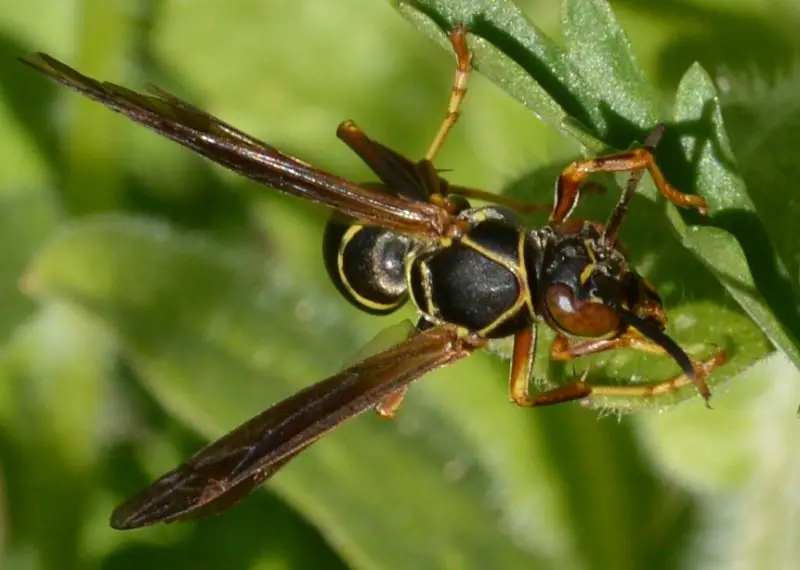
The Dark Paper Wasp (Polistes fuscatus) lives in colonies with a strict hierarchy, led by a dominant queen. Known for their intelligence, these wasps excel at defending their nests against parasites and intruders. They can identify non-colonial wasps by their erratic flight patterns, as opposed to the purposeful approach of colony members. Intruders that fly without a clear direction are often targeted and attacked by the defending Dark Paper Wasps.
Great Black Digger Wasp
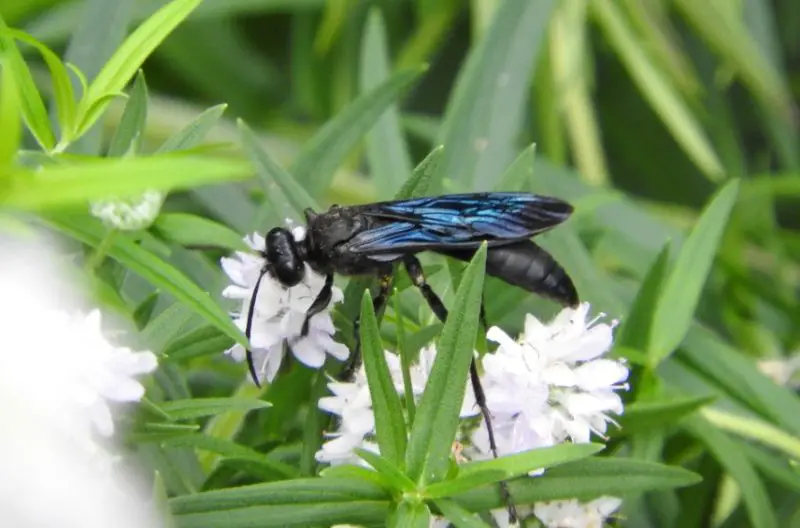
The Great Black Digger Wasp (Sphex pensylvanicus) is an agile pollinator, particularly for milkweeds. Known for its efficient predatory skills, it can capture almost any insect. This wasp delivers three stings to its prey—one behind the head and two in the abdomen—paralyzing but not killing the insect. The paralyzed prey is then transported to the wasp’s shelter, though birds often try to snatch them. Unlike many wasps, the Great Black Digger provides valuable pollination benefits.
Common Thread-waisted Wasp
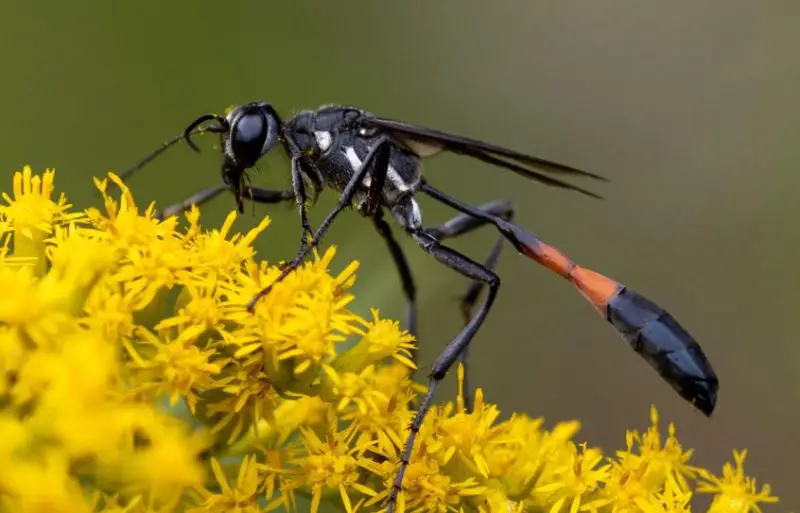
The Common Thread-waisted Wasp (Ammophila procera) inhabits sandy areas and soft soil habitats. The female wasp digs burrows to lay her eggs and seals them, using the surrounding area to remember the location. She then spends the next few days searching for food, specifically caterpillars, which she brings back to the burrows to provide nourishment for the developing larvae. Other females may also use these burrows for their own eggs, with all larvae hatching within a few days.
Eastern Yellowjacket

The Eastern Yellowjacket (Vespula maculifrons) resembles bees and lives in colonies with a structured hierarchy. The queen lays eggs, worker wasps maintain and expand the nest, which can house thousands, while male wasps are part of the colony’s structure. To protect against predators, these wasps release a specific pheromone, triggering a coordinated attack. They form a circling formation and advance in a zig-zag pattern. Parasite wasps inside the nest may also respond to this pheromone, indicating complex communication.
Hunter’s Little Paper Wasp
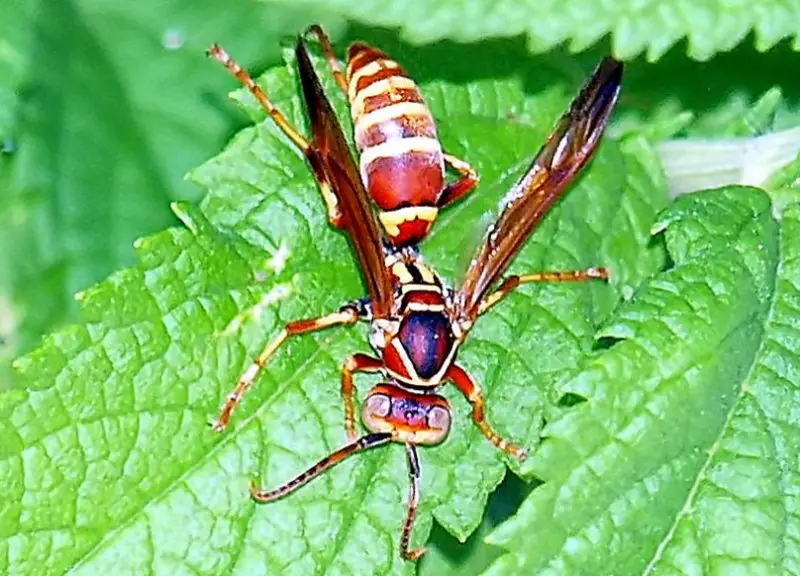
The Hunter’s Little Paper Wasp (Polistes dorsalis) is one of the smallest wasps in Texas, measuring only 11-12mm. Despite its size, it is significant for its potentially antimicrobial venom, which merits further research. These social wasps live and work in colonies, often led by a large female queen or multiple females. The queen lays eggs and forages for food, and if she dies, another female quickly takes her place.
Metric Paper Wasp
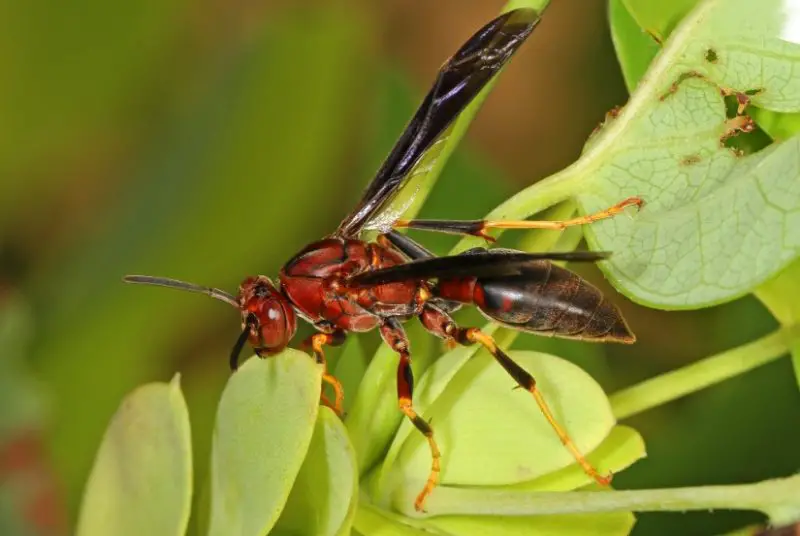
The Metric Paper Wasp (Polistes metricus) is easily identified by its rusty-red body, with rare yellow markings usually confined to the head. This social wasp creates colonies, typically led by a dominant female or multiple dominant females responsible for laying eggs. They prefer sheltered, well-lit areas near water, such as barns. Known for their high building effort, these wasps often return to the same colony each breeding season, with peak populations occurring in early June and July.
Apache Paper Wasp
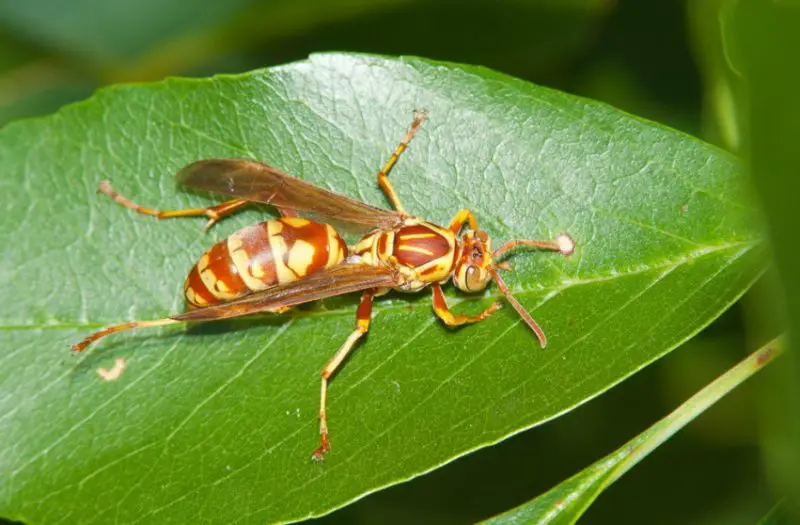
The Apache Paper Wasp (Polistes apachus) is characterized by its brown-yellow body and can grow up to 20mm. Predominantly found in Texas, New Mexico, California, and Mexico, this species is known for constructing large nests with up to 320 cells. A dominant female oversees the nest, while other fertile females assist in building and maintaining it. These wasps use specific types of wood, often preferring one good piece for the entire nest, where they collect more wood fibers.
Four-toothed Mason Wasp
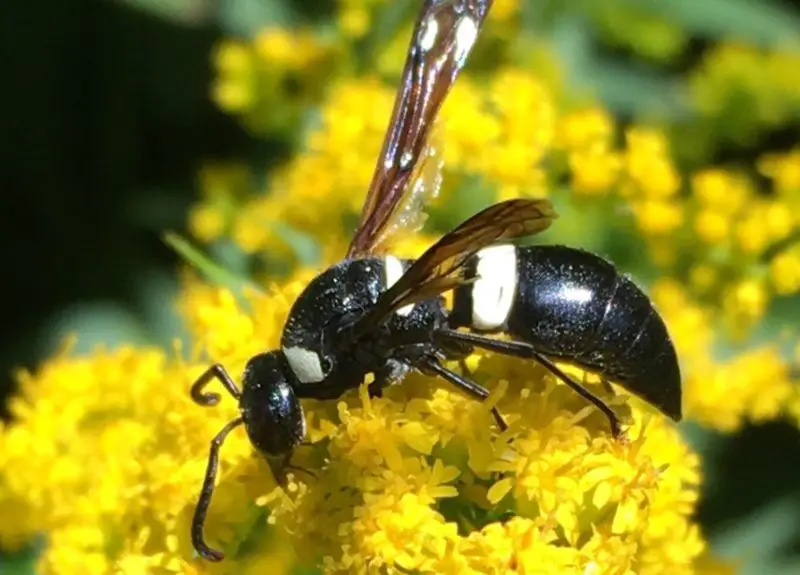
The Four-toothed Mason Wasp (Monobia quadridens) grows up to 18mm and is notable for having both sexes capable of stinging. Though stings are rare, they are quite painful, comparable to those of the bald-faced hornet. This species is also highly reproductive, producing two generations annually: one in summer and another in early spring. Its distinctive features and dual-stinging capability make it easily identifiable in Texas.
Wool-bearing Gall Wasp
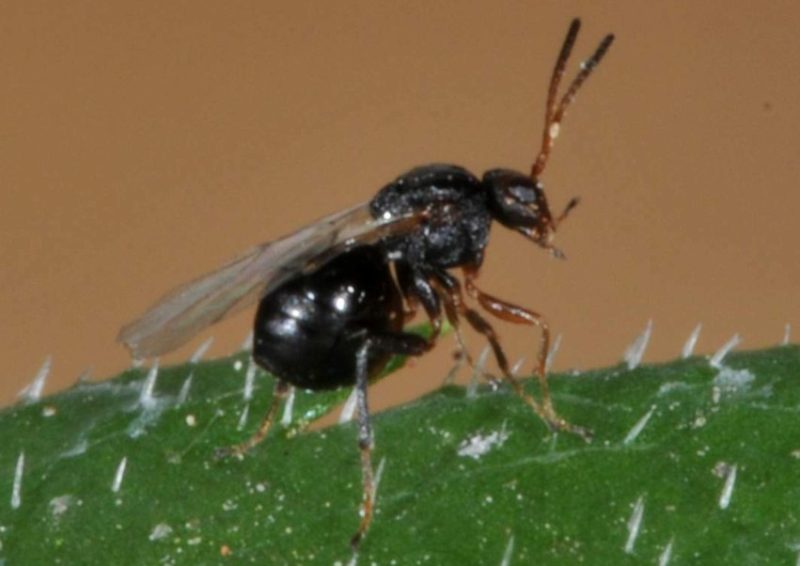
The Wool-bearing Gall Wasp (Andricus quercuslanigera) is one of the smallest wasps in Texas, measuring only a few millimeters and often hard to spot. True to their name, they inhabit wool-like shelters commonly found on oak trees and in oak forests. Hundreds of these wasps can reside on a single oak tree, with their development in the wool shelters taking up to 3 years to complete.
Spongy Oak Apple Gall Wasp
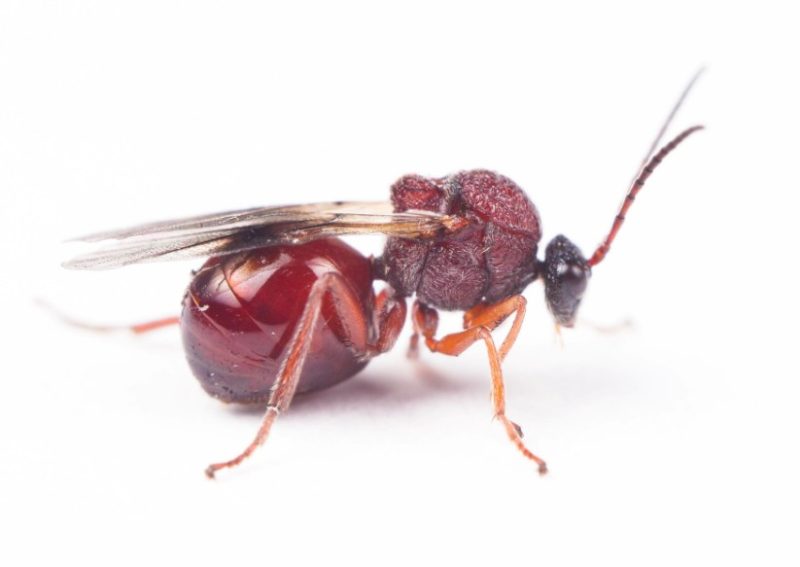
The Spongy Oak Apple Gall Wasp (Amphibolips confluenta) is less studied compared to other wasps in Texas but is commonly found on oaks, often clustering on the same branch and among the leaves. The wasps lay ball-shaped larvae that resemble fruits from a distance. Initially green, the larvae turn tan before the wasp emerges. These galls are primarily found on red and scarlet oaks.
Coarse-backed Red Paper Wasp

The Coarse-backed Red Paper Wasp (Polistes rubiginosus) is one of the two species of red paper wasps, characterized by its dark-rust color with darker extremities. Females are larger, reaching up to 21.5mm in length, though they may be smaller in food-scarce areas. Males are slightly shorter, with the largest measuring around 18mm. Both sexes feature distinct dark markings around their eyes, typically forming continuous bands rather than separate circles.
Metallic Bluish-green Cuckoo Wasp
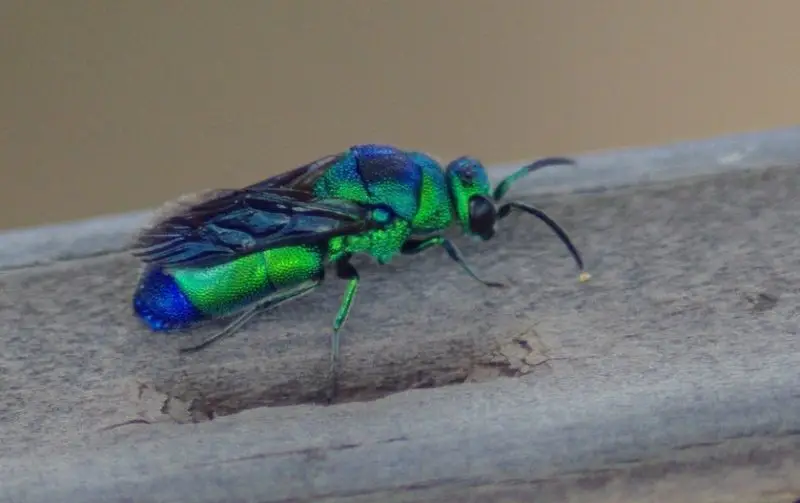
The Metallic Bluish-green Cuckoo Wasp (Chrysis angolensis) is a parasitic species found in Texas and a few other US areas, believed to have arrived via World War II ships. It relies on the nests of other wasps for development. The female lays her eggs in these nests before they are sealed, and the larvae develop alongside those of the host wasps. Recognizable by their blue color, these wasps often curl into a ball as a defense mechanism against predators.
Mexican Honey Wasp

The Mexican Honey Wasp (Brachygastra mellifica) is native to Mexico but also found in Texas. It is notable for producing honey, making it a productive species. Its high pollination potential is particularly valuable in agricultural fields, such as avocado farms, where it helps pollinate plants by carrying pollen on its abdomen. Unlike many other wasps, it has small hair follicles on its lower body, aiding in this important role.
Mealy Oak Gall Wasp
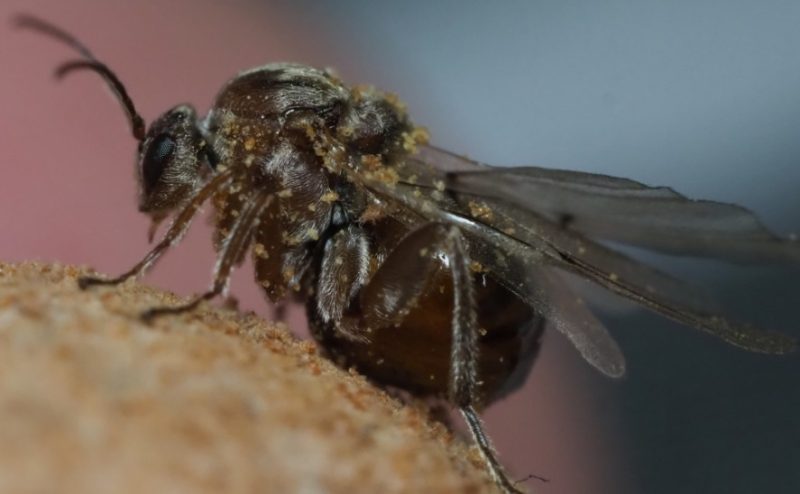
The Mealy Oak Gall Wasp (Disholcaspis cinerosa) lives on oak trees and emerges twice a year. Initially, they appear as asexual wasps in December to January, with the first generation being males and females, though smaller than those born earlier in the year. While often considered a nuisance, these wasps are beneficial around homes as they prey on a wide variety of household insects.

